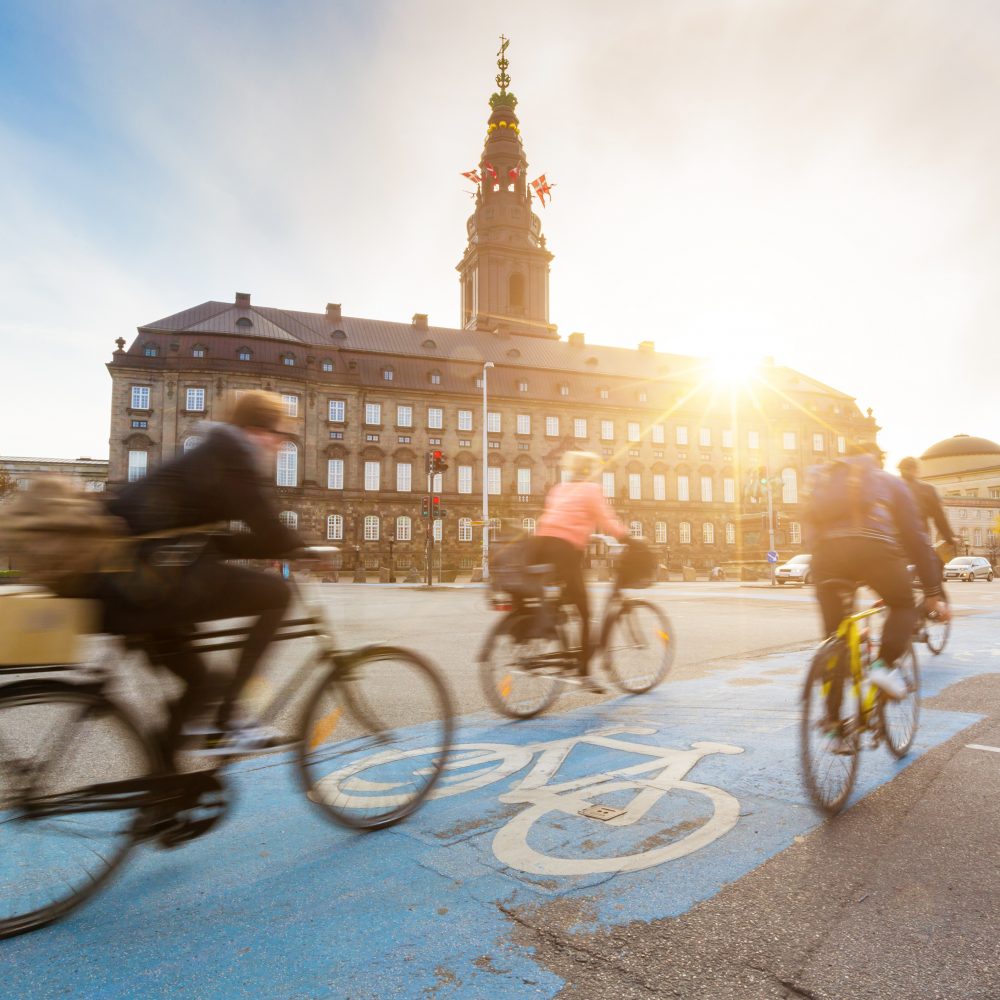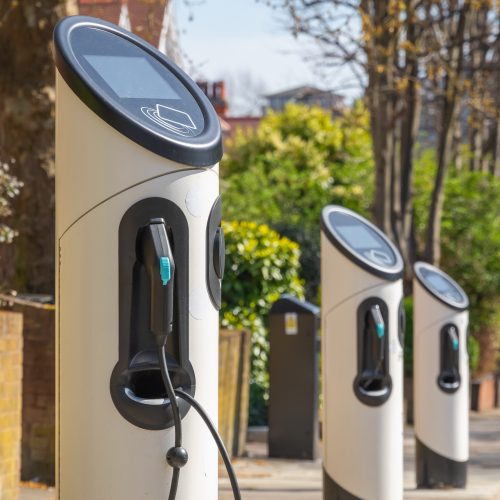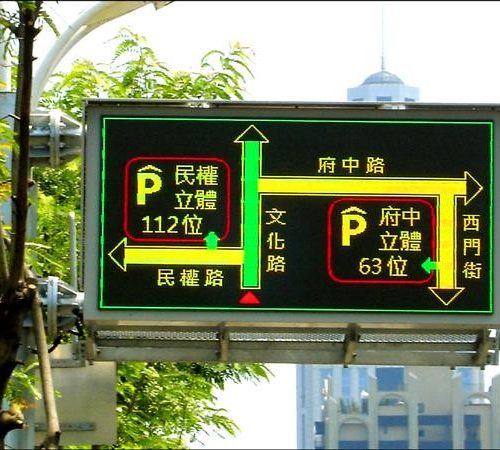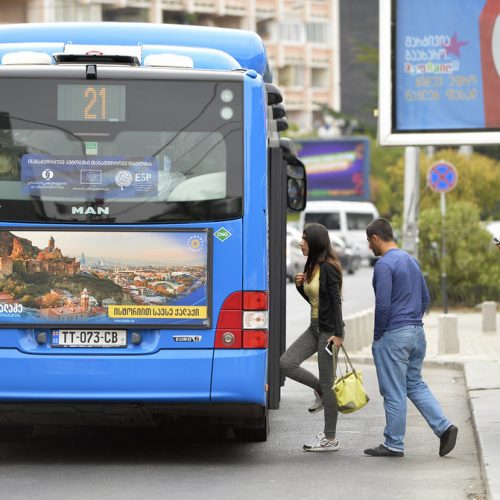Context and policy overview
Like many other cities in Europe, Copenhagen experienced a major rise in private car ownership and use from 1945 to 1975. This brought about a corresponding decrease in bicycle use and an increase in levels of traffic and pollution.
However, in the 1970s a number of factors including the oil crisis led the city government to prioritise cycling in Copenhagen.[1][2]
This strategy entailed various planning, infrastructure and financing measures and has helped Copenhagen to attain the status of being one of the world’s leading cycling hubs.
Implementation
As part of its plan to be CO2 neutral by 2025, Copenhagen has set itself the goal of becoming the world’s best city for cycling. To achieve this, it has deployed a policy mix of planning, infrastructure and financing measures.
Planning measures: Bicycle planning is now an integrated feature of urban development and urban governance in Copenhagen. The city has developed various policy, planning and strategy documents addressing different aspects of cycling through targets, implementation and funding. The most important documents include:
- the Copenhagen Cycle Policy (2002-12)
- the Copenhagen Transport and Environment Plan 2004
- the Copenhagen Bicycle Strategy (2011-25)
- the Copenhagen Cycle Priority Plan (2006-16).
Infrastructure measures: There is a large amount of cycling infrastructure in Copenhagen aimed at improving the safety and convenience of cycling through a network of segregated bike paths, dedicated bicycle traffic lights, separated coloured bike paths where cars and bikes share road space, and parking for bicycles and cargo bikes. Cargo bikes are used for transporting children and shopping and are often an alternative to car ownership.
Financing measures: Copenhagen allocated €80 million to implement its bicycle strategies and infrastructure between 2010 and 2014.[3]
Barriers and critical success factors
The main barrier to establishing Copenhagen as a bicycle-friendly city was the rise of private car use from the 1950s onwards. To improve the situation, the city integrated cycling into its planning and policy, ensuring that there were sufficient resources to support the policies. Copenhagen has also promoted a culture of cycling, which has been central to the success of the strategy.
A critical success factor has been the single Technical and Environmental Administration within the city government, as it enables a “one-stop shop” approach to urban and transport planning. The administration works collaboratively, with an open work culture, reducing conflict between urban and transport planning.
Results and lessons learned
Copenhagen successfully managed an urban transformation process from being a car-centric city in the 1970s to becoming a global role model for bicycle oriented planning. Through a variety of measures, the city achieved impressive results.[4]
- The number of daily bicycle trips increased from 110,000 in 1970 to 150,000 in 2015 (a 36 per cent modal share). Copenhagen plans to increase this further to 240,000 by 2025.
- Since 1998, the city has seen a 30 per cent increase in total kilometres cycled and a more than 33 per cent rise in cycling’s modal share for work or educational trips.
- Bicycles are increasingly used, even for trips with heavy shopping or children, and 17 per cent of households have a cargo bike.
- The bicycle is now the most popular form of transport for Copenhagen’s commuters.
Today, cities around the world look to Copenhagen for guidance and inspiration when it comes to designing and implementing pro-cycling policies. The lessons learned from Copenhagen can be summarised under two areas: governance, and political leadership and commitment.
Governance: Copenhagen has successfully reduced and minimised conflicts between urban and transport planning by taking an integrated approach across departments and agencies.
Political leadership and commitment: In Copenhagen cycling is increasingly the norm for the majority of residents. Promoting a culture of cycling and supporting that with sufficient resourcing and planning commitments has been crucial to this success.

















